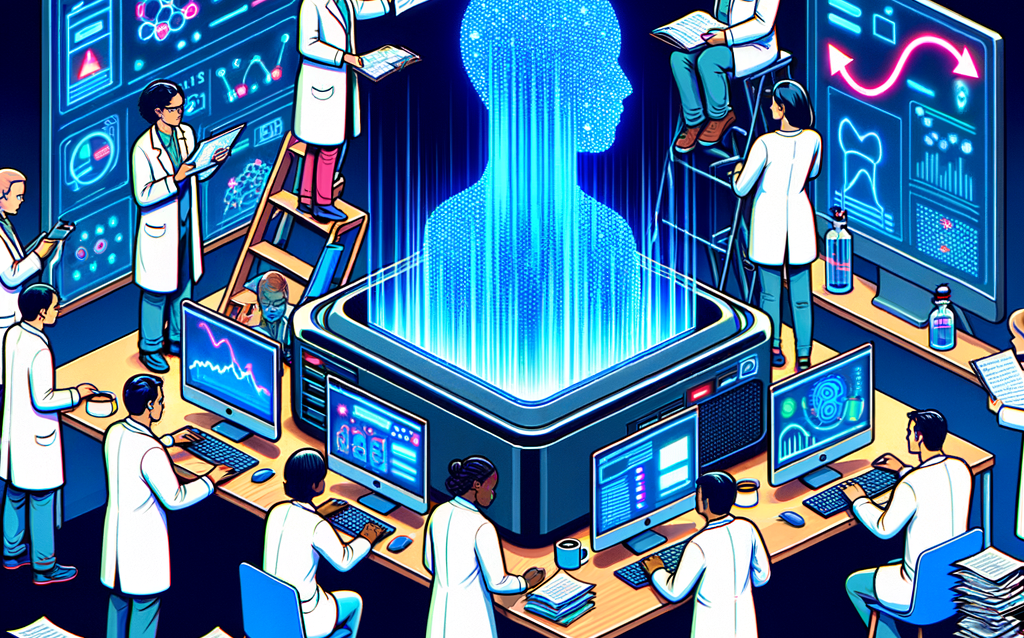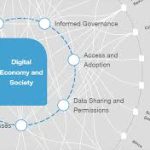In the ever-evolving landscape of artificial intelligence, we find ourselves increasingly reliant on these intelligent systems to make decisions that affect our daily lives. From job recruitment to loan approvals, AI algorithms have an immense power, but with that power comes great responsibility. One of the most pressing challenges we face is ensuring that these systems operate fairly and without bias. Let’s delve into the enchanting world of tools and techniques designed to detect and mitigate bias in AI systems, ensuring a brighter, fairer future for all.
Unmasking Hidden Bias: Tools to Keep AI Fair
Imagine AI as a magician pulling data-driven rabbits out of hats. But what happens when some of those rabbits are not as fair as they should be? Enter the realm of bias detection tools, the heroes who unmask these hidden tricksters. One such tool is Fairness Indicators by TensorFlow. This open-source suite provides an intuitive way to visualize and evaluate fairness in your dataset, helping you to spot discrepancies and take action before they seep into your models.
Another shining knight in the battle against bias is IBM’s AI Fairness 360 (AIF360). This comprehensive toolkit offers over 70 fairness metrics and 10 bias mitigation algorithms, making it an invaluable ally for developers and data scientists. By incorporating AIF360 into your workflow, you can systematically assess and mitigate bias across various stages of the AI lifecycle, from training data to final deployment.
For those who want to dig even deeper, Fairlearn by Microsoft is a powerful open-source library that focuses on identifying and mitigating fairness issues in machine learning models. It includes an array of fairness assessment tools and mitigation techniques that cater to various fairness definitions. By leveraging Fairlearn, we can ensure that our AI systems are held to the highest standard of equity and inclusivity.
Bright Solutions: Techniques to Tame AI Bias
Once we’ve identified the sneaky biases lurking in our AI models, it’s time to roll up our sleeves and tame these unruly creatures with some bright solutions. One effective technique is re-weighting, where different weights are assigned to training samples based on their likelihood of being biased. This method helps to balance out the representation in the training data, ensuring that the AI model learns from a more equitable dataset.
Another delightful approach is adversarial debiasing, a technique that pits two neural networks against each other in a friendly tug-of-war. One network focuses on predicting the target outcome, while the other tries to identify any biases. The constant push and pull between the two ensures that the main network becomes better at making unbiased predictions, resulting in fairer outcomes for all.
Finally, let’s not forget the charm of fair representation learning. This technique transforms the original dataset into a new, unbiased feature space where sensitive attributes (like gender or race) are no longer influencing the predictions. By training AI models on these fair representations, we can significantly reduce the risk of biased outcomes and pave the way for more equitable AI.
As we continue to harness the power of artificial intelligence, it’s crucial that we remain vigilant in our quest for fairness. By utilizing cutting-edge tools and techniques to detect and mitigate bias, we can create AI systems that are not only intelligent but also just and fair. Let’s embrace these innovations with joyful determination, striving towards a future where AI serves all of humanity with impartiality and integrity. Together, we can ensure that the magic of AI brings about positive change for everyone.







